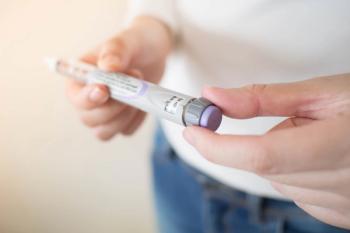
ICU patients at greater risk for adverse events
The fast-paced complex environment of a hospital critical care unit presents significant patient safety challenges for healthcare practitioners. High-risk decisions are often made with incomplete patient data, and, because patients require high-intensity care, if something goes wrong, they have a higher risk of getting hurt.
Those are the findings of a recent study sponsored by the U.S. Department of Health & Human Services' Agency for Healthcare Research & Quality (AHRQ). "The Critical Care Safety Study" looked at a total of 391 patients with 420 unit admissions during 1,490 patient days.
Study authors concluded that adverse drug events (ADEs) and serious errors involving critically ill patients were common and often potentially life-threatening. While many types of errors were identified, failure to carry out intended treatment correctly was found to be the leading cause.
The study revealed that there were a total of 223 serious errors, at a rate of 149.7 serious errors per 1,000 patient days. Among serious errors, 24 incidents (11%) were potentially life-threatening.
Medications were involved in a large percentage of incidents. Among the adverse events, 56 (47%) were due to ADEs, including 19 that were preventable, and 37 nonpreventable. Among the serious errors, medications were responsible for 78%. The rates for preventable and potential or near-miss ADEs associated with serious errors were 12.8 and 116.8 per 1,000 patient days, respectively.
Study authors discovered that serious medical errors with potential for or actually causing harm were common in critical care settings. Most of the errors were attributed to slips and lapses-that is, failures to carry out intended plans of action.
The authors found direct observation to be especially valuable in detecting near misses, as they are far less frequently reported or documented in patient charts than are adverse events. The findings also suggest that direct observation could be a valuable data-collection tool for an institution's quality improvement program.
Preventable adverse events and near misses were often associated with deficiencies in systems-related factors that contribute to repeated errors-usually by different clinicians-and are amenable to correction with unitwide or hospitalwide solutions. The study authors summarized that critical care settings provide lifesaving care for the sickest patients but are also associated with significant risks for adverse events and serious errors.
The authors concluded that it would be especially important to "engineer out" slips and lapses to improve the likelihood that treatment in the ICUs is implemented as intended.
Mike Cohen, president of the Institute for Safe Medication Practices (ISMP), said that one way to reduce ADEs in critical care areas is to have pharmacists play a more active role. He said that pharmacists should be monitoring patients' drug therapy for signs of an ADE as well as providing drug information to nurses and physicians. According to Cohen, studies have shown that pharmacist involvement on rounds in ICUs, for example, can lead to as much as a 66% reduction in ADEs. "Pharmacists should also be participating in the selection of medications and screening medications that are ordered to make sure that there are no contraindications and that the dosing is correct."
Newsletter
Pharmacy practice is always changing. Stay ahead of the curve with the Drug Topics newsletter and get the latest drug information, industry trends, and patient care tips.
























































































































